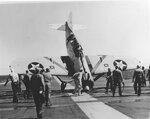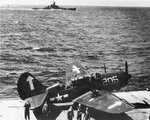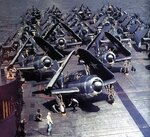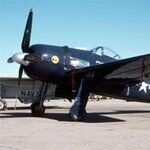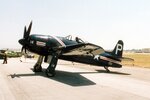Anyone know why some aircraft in WWII had spinners on their propeller hub yet some didn't. The P-51/P-40/P-39/BF-109/FW-190/Japanese aircraft did yet the P-47,P-36 & none of the Navy aircraft did? Was it simply the radial vs. inline engines sizes that provided the streamlining and efficiency?
Thanks in advance for any insights.
Thanks in advance for any insights.
Last edited:

